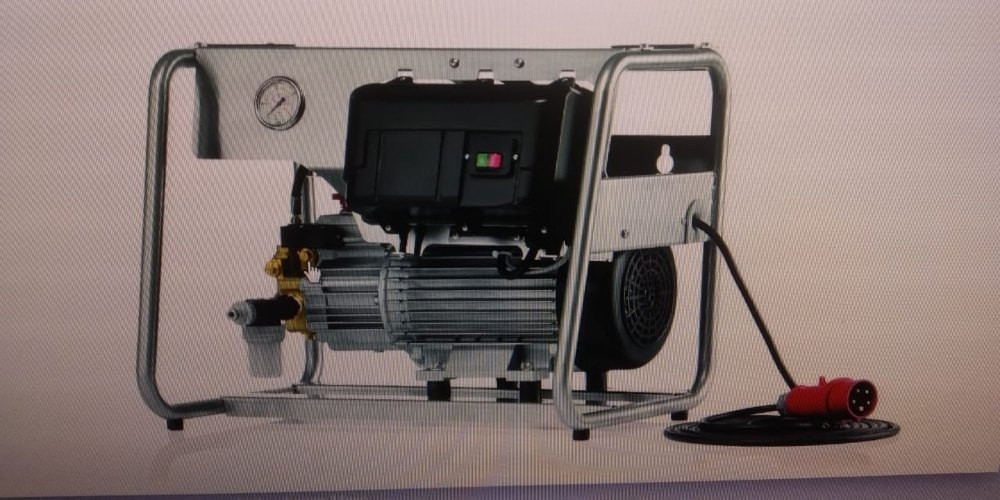Choosing the proper nozzle can be difficult if you are a beginner. It almost doesn't matter what your pressure washer's PSI and GPM are; if you've chosen the appropriate nozzles, you'll achieve the desired clean. Because the nozzle generates the pressure in the pressure washer, it is the most important component.
Choosing the incorrect one, on the other hand, may cause the paint to peel off, ruin surfaces, or damage other possible items, necessitating pricey repairs. But don't worry, if you follow these four-step instructions carefully, you'll be able to select the best one for the purpose.
When Choosing a Nozzle, Use Common Sense
If this is your first-time pressure cleaning, you'll note how simple it is. The key to selecting the correct pressure washer nozzle or tip is to choose the largest nozzle that yet adequately cleans the surface. Make sure you know how big the nozzle hole is. The smallest hole generates the largest pressure. Most nozzle manufacturers give a sizing chart to assist you in determining the optimal size based on the PSI of your pressure washer.
This allows you to make the best use of your pressure washer and your time. Always bear the following in mind
0-degree (Red Tip): Maximum Power
Used for water jet indirect flight, limiting the coverage region.
15-degree (Yellow Tip): Stripping
Cleaning concrete, brick, hard porous surfaces, and other hard porous surfaces. It can remove paints and oil stains.
25-degree (Green Tip): Moderate Cleaning
Surfaces that have been painted, timber, siding, fences, patios, and equipment can be cleaned by a Green nozzle.
40 degrees (White Tip): Minimum Spray
It can be used to clean windows, screens, and blinds
65-degree (Black Tip): Soaping
Soap nozzle for detergent use
Begin with a Nozzle with a Broader Angle
If you've never cleaned a surface before, start with a 40° pressure washer nozzle in an out-of-the-way location. With the nozzle about 2 feet away from the surface, press the trigger and push in closer until you see it begin to clean.
If the surface is tough, move the spray closer to the surface initially because the distance is the most convenient way to alter the effective pressure. If it's still not functioning, switch to a more powerful nozzle, and when you start cleaning again, start 4-ft from the surface and move closer as mentioned above.
Begin from a Distance and Gradually Get Closer
You won't want to damage the surface, so keep the distance natural. As you become more at ease, walk a little closer while keeping an eye out for damage to the surface.
If you don't notice improvements after a few inches, try the next size down and repeat until you're making progress without risking surface damage.
Always Do a Test on a Tiny Portion of the Surface
If you are unsure which pressure washer nozzle is appropriate for the cleaning work at hand, test it in a discreet area first.
Final Words
While nozzle type has a significant impact on water pressure, tip size should also be considered. So, the important secret is to experiment. Each pressure washer is unique, and there is no one-size-fits-all solution to every problem.

